Submitted by chandra on Fri, 2014-05-30 09:13
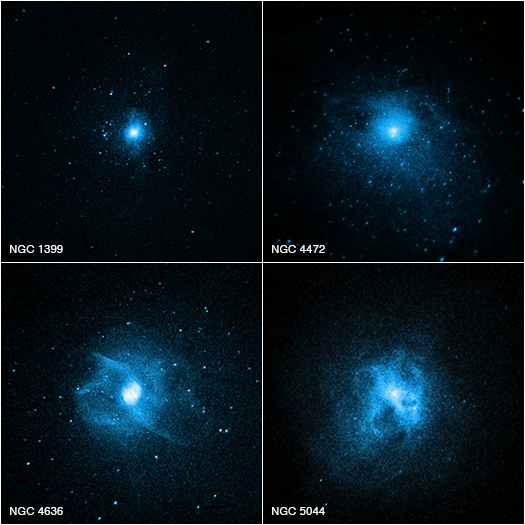
NASA's Chandra X-ray Observatory has shed new light on the mystery of why giant elliptical galaxies have few, if any, young stars. This new evidence highlights the important role that supermassive black holes play in the evolution of their host galaxies.
Because star-forming activity in many giant elliptical galaxies has shut down to very low levels, these galaxies mostly house long-lived stars with low masses and red optical colors. Astronomers have therefore called these galaxies "red and dead".
Submitted by chandra on Thu, 2014-05-22 08:35
Update (05.28.14): According to the team at the OCC, Chandra was unharmed during this new meteor shower. They report that passage through the stream was 'thankfully unremarkable.' According to all of their information, there was no evidence for any type of impact and it was 'smooth sailing.'
This week, sky watchers will be treated to a special event: a new meteor shower. Meteor showers occur when Earth, on its orbit around the Sun, passes through the debris left behind by a comet. There are some debris fields that Earth passes through every year and produce regular meteor showers that many people have heard of. These include the Leonids in November and the Perseids in July and August.
Submitted by chandra on Tue, 2014-05-20 10:45
Peter Edmonds is the Chandra Press Scientist and, in addition to his work on publicizing Chandra science, has been heavily involved with the Chandra's Senior Review proposal since 2008.
In science, "peer review" is used to describe a process that determines whether a research paper should be published in a journal. One or more experts review the paper and determine its fate: are the results and discussion reliable and do they meet the publication standards of the journal?
Submitted by chandra on Wed, 2014-05-07 09:55
We are delighted to welcome a trio of guest bloggers to discuss their work related to the newest Chandra press release on star clusters and star formation. Konstantin Getman, Eric Feigelson, and Michael Kuhn are colleagues at Penn State University and are all involved in the Massive Young Star-Forming Complex Study in Infrared and X-ray (MYStIX) project led from that institution.
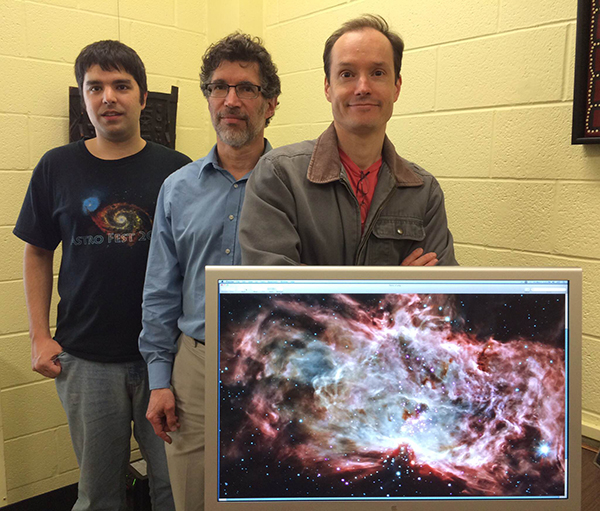
Figure 1: From left to right, Michael Kuhn, Eric Feigelson, and Konstantin Getman.
Submitted by chandra on Wed, 2014-05-07 09:43
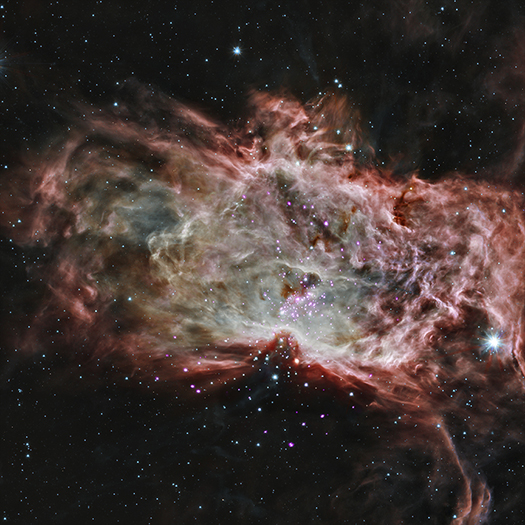
Stars are often born in clusters, in giant clouds of gas and dust. Astronomers have studied two star clusters using NASA's Chandra X-ray Observatory and infrared telescopes and the results show that the simplest ideas for the birth of these clusters cannot work, as described in our latest press release.
Submitted by chandra on Wed, 2014-04-23 08:40
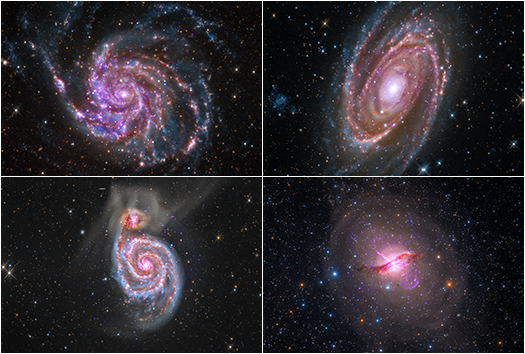
We are perhaps living in the midst of a new "Golden Age" of astronomy. In the four hundred years since Galileo first trained his refracting optical telescope on the Moon, and Jupiter and its moons, we've seen staggering advances in the technology of telescopes. We've also benefited from the discoveries of light beyond the visible portions of the electromagnetic spectrum and the development of instruments sensitive to those wavelengths.
Submitted by chandra on Thu, 2014-04-10 13:50
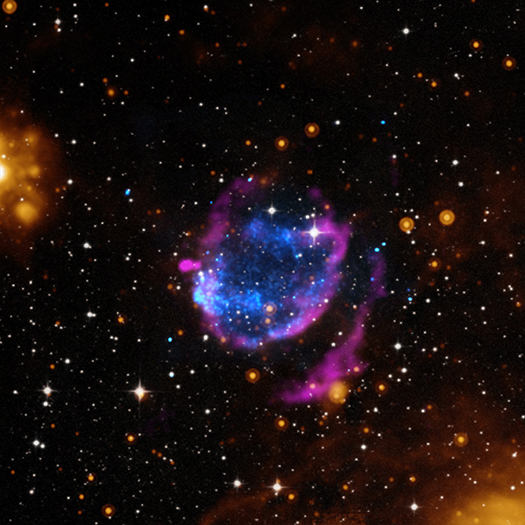
Supernovas are the spectacular ends to the lives of many massive stars. These explosions, which occur on average twice a century in the Milky Way, can produce enormous amounts of energy and be as bright as an entire galaxy. These events are also important because the remains of the shattered star are hurled into space. As this debris field - called a supernova remnant - expands, it carries the material it encounters along with it.
Submitted by chandra on Thu, 2014-04-03 11:22

This is a composite image of X-rays from Chandra and optical data from Hubble of the galaxy cluster ACT-CL J0102-4915, located about 7 billion light years from Earth. This cluster has been nicknamed "El Gordo" (or, "the fat one" in Spanish) because of its gigantic mass.
Submitted by chandra on Thu, 2014-03-20 10:01
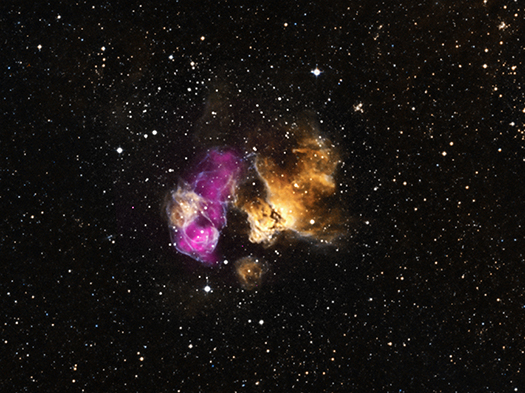
When a massive star runs out fuel, it collapses and explodes as a supernova. Although these explosions are extremely powerful, it is possible for a companion star to endure the blast. A team of astronomers using NASA's Chandra X-ray Observatory and other telescopes has found evidence for one of these survivors.
Submitted by chandra on Wed, 2014-03-19 09:20

Professor Charles Alcock, Director of the Harvard-Smithsonian Center for Astrophysics, announces that after an extensive search, the Smithsonian Astrophysical Observatory (SAO), in consultation with NASA, has selected Dr. Belinda Wilkes as the next director of the Chandra X-ray Center (CXC). She will assume the directorship on April 20, 2014.
Pages